Dive into the captivating tale of the Archdiocese of Boston, a story spanning from 1604 to 1943. This journey, meticulously chronicled in ‘The History of the Archdiocese of Boston V3,’ offers a comprehensive look at the archdiocese’s growth, the establishment of parishes and schools, and the challenges faced during times of war and social change.
The narrative doesn’t just stop at the institution; it also delves into the lives of the archbishops who shaped the archdiocese during this era. Their influence and impact on the community are indispensable parts of this historical account.
Whether you’re a history buff, a student of the Catholic Church, or someone intrigued by the evolution of societal structures, this exploration of the Archdiocese of Boston’s history is bound to captivate you. So, buckle up and prepare for a journey back in time.
The Origins of Archdiocese of Boston
The Diocese of Boston, or Bostoniensis, first came into existence on April 8, 1808. It wasn’t alone, of course. It materialized as one of four subdivisions of the initial U.S Diocese of Baltimore.
Fast forward to 1875 and you’ll see that the Diocese of Boston had ascended in rank. It was elevated to the status of an archdiocese. Much like a growing child, it had expanded its territory to include five counties in Eastern Massachusetts by 2001.
This region encompassed Suffolk, Essex, Middlesex, Norfolk, and Plymouth. However, certain towns within the area, such as, Mattapoisett, Marion, and Wareham, remained external in order to maintain a connection between Cape Cod and the mainland portion of the Fall River Diocese.
In numbers, the story was just as impressive. Staggeringly, Catholics numbered 2,038,032. This accounted for a whopping 53 percent of the total population of 3,857,751. The Archdiocese of Boston was not just a spiritual entity but a demographic powerhouse!
The Archdiocese of Boston didn’t remain a sole entity. In addition to the Dioceses of Massachusetts (Fall River, Springfield, and Worcester) it gave birth to in its province, it included the sees of Burlington, Vermont; Manchester, New Hampshire, and Portland, Maine.
Influential Bishops in History
Throughout its history, the archdiocese of Boston has been blessed with strong leadership, particularly from its bishops. Let’s take a closer look at a few of the notable bishops that contributed significantly to the growth and development of the archdiocese.
John Louis de Cheverus
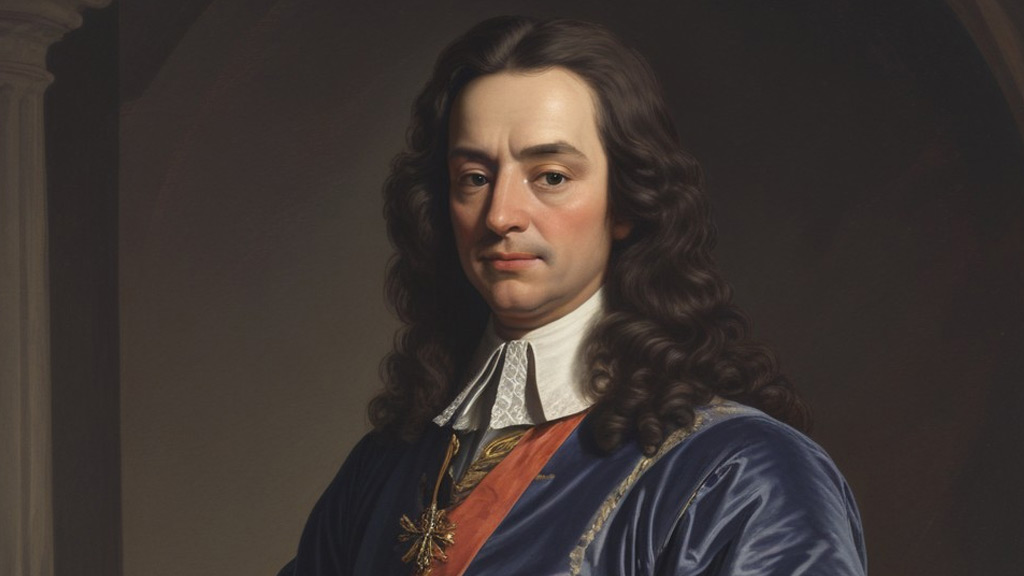
First on the list, John Louis de Cheverus, born in Paris in 1753. He served as a priest in 1773 and taught theology at the College of Navarre.
In the tumultuous times of the Revolution, Cheverus sought refuge in England. However, his good friend Rev.
Francis A. Matignon invited him to Boston where he arrived on the 3rd of October, 1796, setting an excellent precedent with his commitment, hard work, and winning courtesy.
Struck down by numerous bouts of asthma, Cheverus returned to his native homeland in 1823 following his physician’s advice.
Once there, King Louis XVIII made him the Bishop of Montauban. Cheverus later got promoted to the Archbishopric of Bordeaux and by February 1st, he was Cardinals’ rank. He lived out the rest of his life serving in Bordeaux, until his death on July 19, 1836.
Benedict Joseph Fenwick
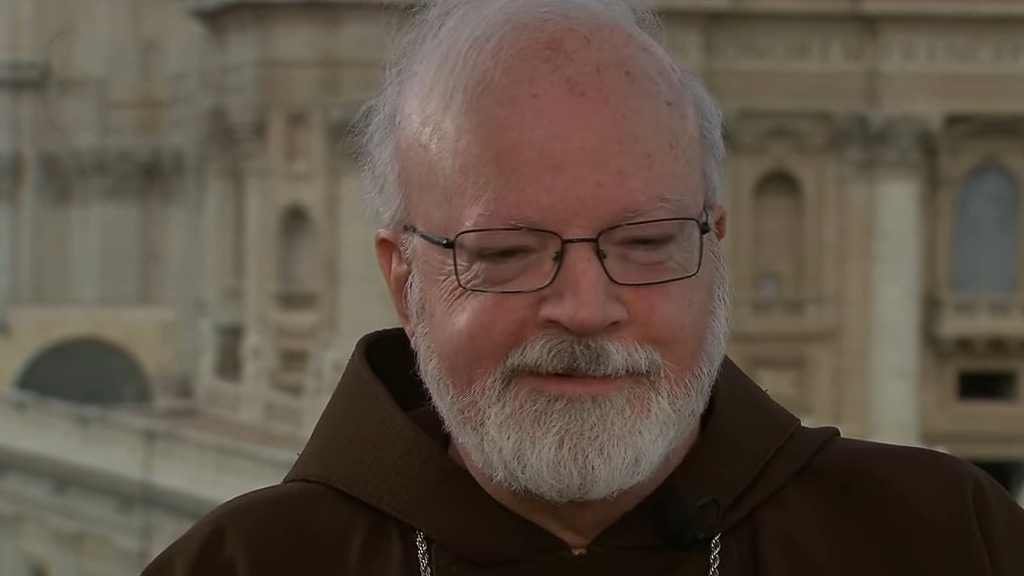
Benedict Joseph Fenwick emerged as the successor in the aftermath of Bishop Cheverus. Born into a Colonial Maryland family, he joined the Society of Jesus.
Fenwick, after becoming ordained on June 11, 1808, served in New York for nine years. He became the second Bishop of Boston and took possession of his diocese on December 4, 1825, with only three priests and eight churches to cater to 7000 Catholics.
Under Fenwick’s leadership, the Archdiocese of Boston saw significant expansion. By the time he passed away in 1846, there were 50 churches and over 53,000 Catholics.
Notably, he established Boston College and Boston’s first Catholic newspaper. His contributions continue to shape the Archdiocese today.
John Bernard Fitzpatrick
Moving on, John Bernard Fitzpatrick’s influential reign deserves a mention. Details regarding his tenure and his specific contributions to the Archdiocese of Boston are not given in the context provided.
However, his position in the sequence of past Bishops indicates his role in the continuous growth of the Archdiocese.
Under Fitzpatrick’s leadership, the Archdiocese of Boston expanded significantly both in terms of parishes and educational institutions.
His tenure was marked by a profound commitment to the spiritual growth of the Catholic community, making him a pivotal figure in its history.
John Joseph Williams
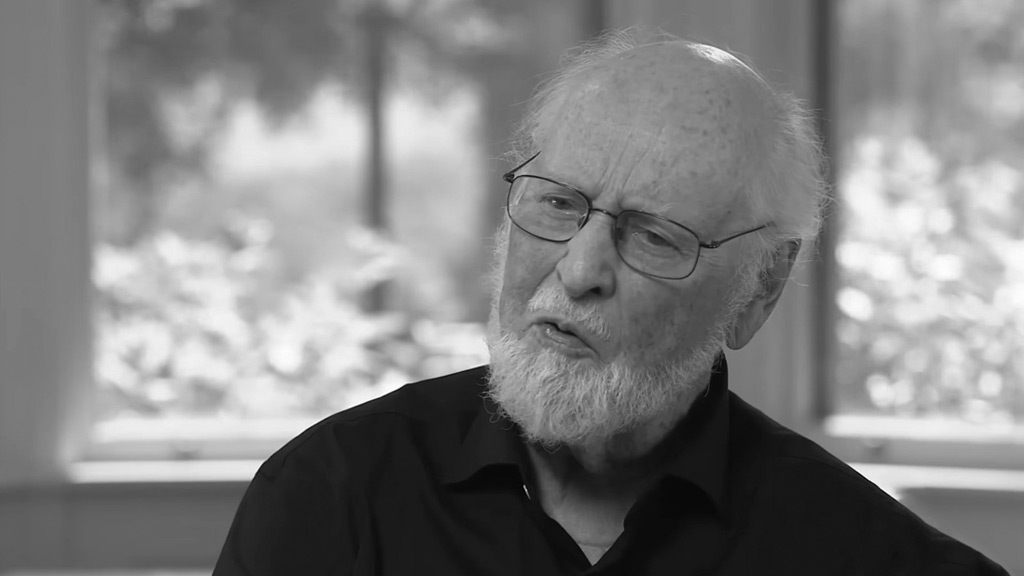
Similarly, John Joseph Williams, succeeding Fitzpatrick, presumably made an appreciable impact during his incumbency. Again, without concrete contextual information, it is difficult to outline the specifics of his contributions.
However, it is known that Williams was instrumental in launching the construction of Boston’s iconic Cathedral of the Holy Cross. His tenure also saw significant growth in Catholic schools and charities.
William Henry O’Connell
Last but certainly not least, William Henry O’Connell. Under his stewardship, the Archdiocese of Boston no doubt experienced further progress and growth, despite the lack of concrete details specified in the context at hand.
His work and dedication to his diocese underscore the importance of strong leadership in the success of the Archdiocese of Boston.
These influential men, their dedication, and their enduring love for their dioceses chart the path for future leaders of the Archdiocese of Boston.
Social Progress under Boston Archdiocese
As we delve deeper into the historical journey of the Boston Archdiocese, you’ll understand the significant social progress achieved under its influence.
The Archdiocese, within its jurisdictions of the five counties in Eastern Massachusetts, played an instrumental role in driving numerous societal changes.
Through the provision of sacraments such as Baptism, Holy Eucharist, Confirmation, and Anointing of the Sick, the Archdiocese facilitated spiritual growth and unity amongst the Catholic community.
It acted as a beacon of moral direction, guiding the faithful with its Code of Conduct, which influenced both its volunteer body and the general public’s social norms.
The Archdiocese tirelessly advocated for Christian unity, reflected in RCAB’s Social Media Guidelines and Terms of Use. It reinforced the core purpose of the Catholic Mass, deepening believers’ insights into its structure, significance of its liturgical colors and vessels.
The Role of Archdiocese in Modern Times
As we venture into the current era, let’s turn our attention to the contemporary bishops, their activities, and the subsequent impact on local communities.
Contemporary Bishops
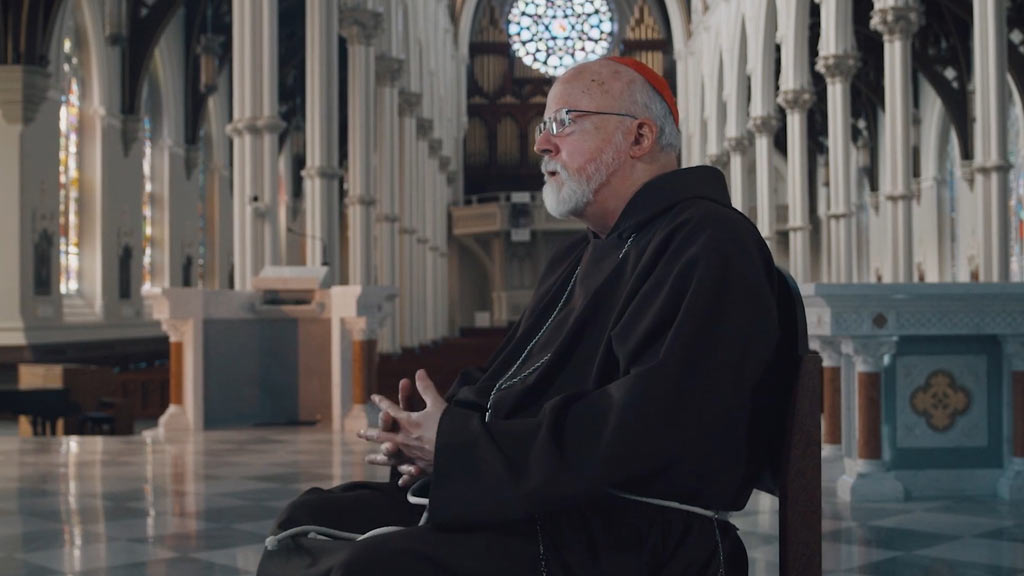
The modern bishops of the Archdiocese have continuously amplified the scope of the office, bolstering its influence within the Church and beyond.
This isn’t a role confined to spiritual leadership, but an expansive one that branches into parishes, schools, seminaries, convents, and hospitals.
The position holds significant power, akin to the prestige associated with distinguished American institutions, such as the New York Yankees in baseball, Carnegie Hall in music, or Broadway in theatre.
Present-day Activities
These bishops preside over a wide-ranging network designed to meet the spiritual and practical needs of the Catholic community. Not only do they guide religious practices, but they also ensure that the faithful adhere to the Archdiocese’s Code of Conduct.
This includes the RCAB Volunteer Code of Conduct and RCAB Social Media Guidelines, which reflect the Church’s adaptability to the digital age.
The Church’s activities move beyond regular sacraments like Baptism, Confirmation, and Holy Eucharist. They extend into the realm of the Sacramental Life of the Church, aiming to deepen the connection between the faithful and the divine.
Additionally, they strive to answer fundamental questions for modern believers, such as ‘What does it mean to be Catholic?‘ and ‘What Do Catholics Believe?’
Impact on Local Communities
The influence of the Archdiocese doesn’t stop at spiritual significance. Its impact seeps into the daily lives of the local communities, shaping societal norms and expectations.
The bishops work to maintain a delicate balance between upholding timeless traditions and advancing progressive beliefs.
By adhering to this approach, they’ve successfully turned the Archdiocese of Boston into a force for societal change, carefully threading the needle between preserving the roots of the Catholic faith and making an indelible impact on local communities.
Statistical Analysis
Diving deeper into the numbers, the Archdiocese of Boston’s growth and evolution become crystal clear.
Demographics
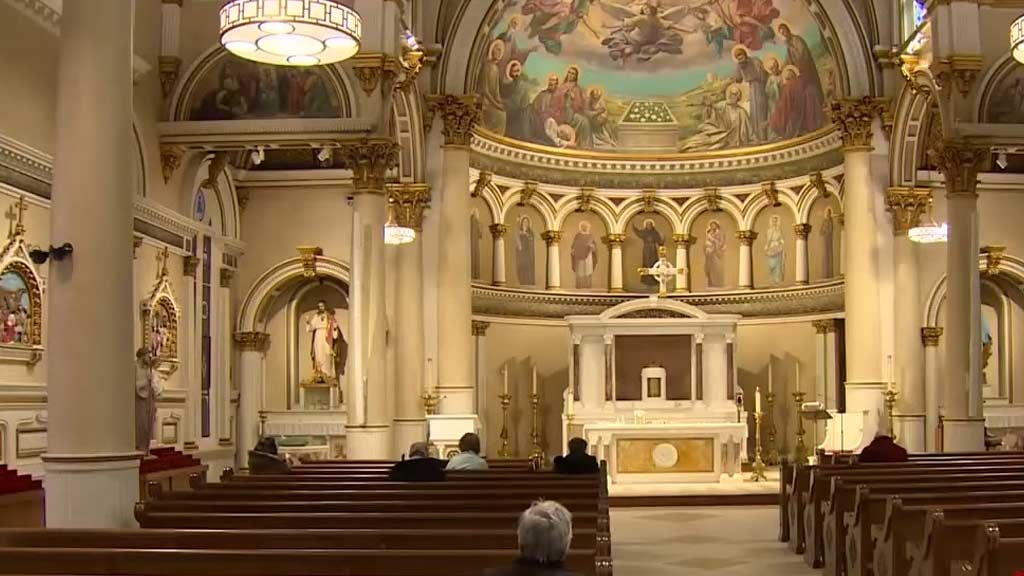
Looking at the data offers an insightful perspective on the Catholic presence in Boston. During the turn of the 20th century, in the year 1907, there were 850,000 Catholics out of a total population of 488,110. Christians, accounting for about 59% of Boston’s populace, had 2,141 priests to minister to them.
At that time, the city was home to 156,794 Religious Males and Females and 194 Parishes.
As the population grew, so did the Catholic community. By 2000, the Catholic populace had swelled to 2,017,451, representing 37% of a total of 5,356,097 people.
In the same year, there were 3,067 priests in duty, ministering to this vast Catholic community. The number of Christian religious people stood at 15,081, with 373 parishes offering spiritual guidance.
This data illustrates not only the blend of cultures and upsurge of Catholicism in the city but also the Church’s adaptability and preparedness to address unfolding societal changes.
Organization Structure
Unwrapping the organizational structure within the Archdiocese illustrates the depth of its commitment to serving the community.
Think of its Archbishop as the beacon guiding a vast network inclusive of parishes, schools, seminaries, convents, and hospitals, going beyond spiritual leadership to create palpable impacts at the grassroots level.
The significance of his position is comparable to leading institutions in other fields, such as baseball’s New York Yankees, music’s Carnegie hall, or Broadway theater.
Consequently, the influence of these larger-than-life Archbishops radiated beyond Boston’s confines, establishing the Archdiocese as a uniquely American Catholic institution.
Their duties, coupled with the power they wielded, cemented their role as pivot points in the orchestration of the administrative, pastoral, and spiritual life of Boston’s Catholic populace.
An intricate weave of relationships, strategies, and shared visions combined to help the Archdiocese navigate through centuries of growth, influence, and change.
A Glance at Boston Archdiocese Historical Records
At 24 School Street, public mass witnessed its historic initiation under the authority of then Abbé Claude Florent Bouchard de la Poterie, henceforth simply referred to as Abbé. He held the reins until a series of unfortunate occurrences led to his suspension in 1790 by Carroll.
Industrial malfeasance surfaced under Abbé’s administration. His clerk allegedly pilfered funds intended for church repairs which pushed the situation towards deterioration. Warnings followed, notably a notice from the Archbishop of Paris to Boston parishioners.
The Episcopal directive rang alarm bells about Abbé’s presence in America. Consequently, Abbé’s journey in Boston was cut short. He exited the city in ignominy, leaving for Pennsylvania.
In midst of the trials, an avid attempt by Abbé to strengthen his church was observed. Propagation of an appeal was made to Boston citizens for charitable donations in favor of sustaining the church, as documented in the Library of Congress.
His endeavors to keep the church alive, despite the adverse circumstances, demonstrate a measure of resilience.
FAQs
Why is the Archdiocese of Boston significant?
Despite its challenges, the Archdiocese of Boston has carried a resilient history. With early foundations laid by French Catholics, the Archdiocese has adapted to societal shifts and grown in parallel with the increasing Catholic population in Boston.
Who holds the central role in the Archdiocese of Boston?
The Archbishopmaintains a pivotal role within the Archdiocese of Boston, guiding a comprehensive network of parishes, schools, and hospitals.
Does the Archdiocese of Boston have a patron saint?
Yes, St. Patrick is the esteemed patron saint of the Archdiocese of Boston. He is also associated with the traditional feast involving corned beef and cabbage.
Which is the most prominent Catholic church in Boston?
The Cathedral of the Holy Cross holds a significant place as a prominent Catholic church within the Boston Archdiocese.
Is the Boston population predominantly Catholic?
Yes, nearly 37% of the Boston metro area population, which includes Cambridge and Newton, identifies as Roman Catholic, making it the area’s most prevalent religion.
Who was Claude Florent Bouchard de la Poterie?
Abbé Claude Florent Bouchard de la Poterie was notable for enduring a significant event in 1788, followed by his suspension in 1790. Despite the setbacks, Abbé displayed resilience to sustain the church through charitable contributions.
Conclusion
So weve journeyed through the rich tapestry of the Archdiocese of Boston’s history. You’ve seen its growth, adaptability, and resilience, and how it has shaped not only the Catholic community, but also the wider society.
From the pivotal role of the Archbishop to the network of parishes, schools, and hospitals, you’ve gained a deeper understanding of the Archdiocese’s organizational structure.
We’ve also witnessed the resilience of figures like Abbé Claude Florent Bouchard de la Poterie, whose story is a testament to the enduring spirit of this religious institution.
The history of the Archdiocese of Boston is more than just a series of events; it’s a narrative of faith, perseverance, and societal impact.
As we reflect on this narrative, it’s clear that the past challenges and triumphs of the Archdiocese continue to shape its present and future.
Jaclyn Lowe